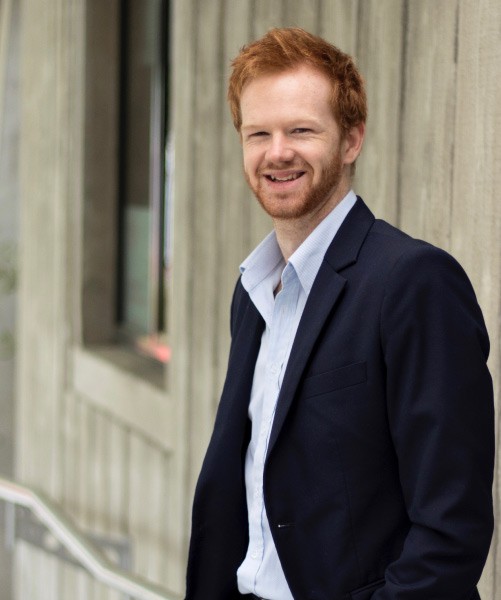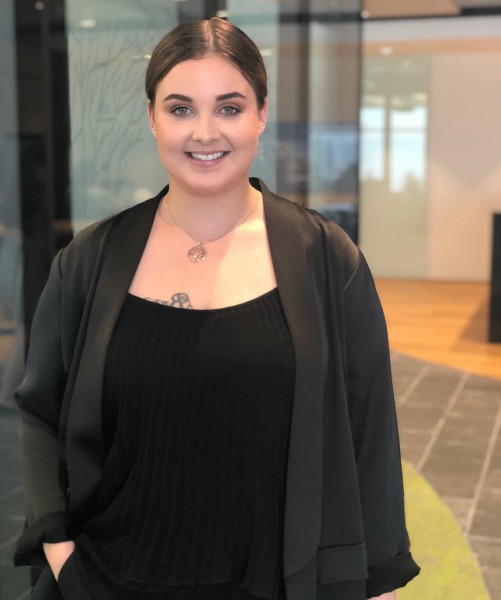The key to unlocking employees’ hidden talents – a millennial point of view
Business Graduates Thomas Mitchell and Ami Le Prou share their thoughts on what makes millennials tick and how businesses can better leverage their talents.

Thomas Mitchell: Tom Brady, who just helped the New England Patriots to their third consecutive Super Bowl, personifies the challenges that organisations face in finding and unlocking their talent. Many people may not know that the 41-year-old quarterback was the 199th player picked in the NFL draft in 2000, meaning all other 31 teams missed out on arguably the greatest player in the league’s history.
This happened because, according to his trial report, he didn’t have the goods physically. While his report card spoke of his poor build, it failed to uncover his mental attributes. Brady is an extremely hard worker off the field and studies the game more than most. He’s smart, mentally tough and has a knack for making calculated decisions that pay off.
If you know the story, he has gone on to lead the Patriots to five titles and will appear in his ninth Super Bowl next month. He had the talent all along – but no-one knew about it, and only fate meant he got to show it.
So what does Brady have to do with Fonterra? Fonterra runs a programme called amp which helps to unlock ‘hidden’ talent like Brady’s. In its simplest form, amp is a project matching platform. It enables all employees to work on short, agile projects for a portion of their time – regardless of whether the project is related to their day job or where they are based in the world. The process is simple. There are no interviews or red-tape – just a button click to accept/decline project applicants.
It’s making project work more visible and helping Fonterra understand the ‘whole’ person and their multitude of talents. Our pilot showed amp can lead to improved employee engagement, while also reducing the need for external contractors.
A hot topic right now is millennials and how they fit into the workplace. Everyone knows the stereotypes – many of which have been disproven – but rather than focussing on those, the focus needs to shift to how the unique attributes of millennials can be leveraged and valuable talent can be uncovered.
A little about millennials and what we want
Ami Le Prou: Firstly, we have a desire to constantly learn and grow. This is something that is always near the top of surveys involving millennials. Learning is what we’ve grown up with. The internet has always been a click away, with information on pretty much anything that we’d ever need to know.
Secondly, millennials generally seek new experiences. Millennials are more than happy to find change by themselves to experience new challenges. A recent Forbes study found that only 27% of millennials are expected to be at the same organisation they’re at now in five years’ time. This desire for challenge and change is not necessarily a bad thing. The challenge for organisations is ensuring that the change they enter into is a good change.
Thirdly, we want to make an impact. The type of impact people want to make varies but what is consistent is that millennials don’t want to be another cog in the machine.

Millennials want to put their skills and knowledge to use to make a difference. Having a generation of workers wanting to make a positive impact is a great opportunity for organisations to tap into.
So, what’s the solution to leveraging these traits? How does Fonterra ensure it doesn’t make the ‘Brady’ mistake and hold back the talent of someone who can add real value to the organisation?
We come back to amp and how it’s helping millennials at Fonterra. It’s a platform that can enable a millennial who feels like they need a new career every year or so, to stay challenged. It opens their eyes to the opportunities that lie within the organisation so they can see themselves staying here for the foreseeable future – all while helping them to learn and grow by working on projects that have a real impact. It’s a win-win for the business and employees, and it’s helping to change the way we work.

